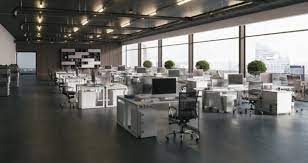Office spaces have undergone significant transformation over the years. From traditional cubicles and closed-door rooms to open-plan layouts and flexible workstations, the evolution of 오피가이드 design reflects changing work dynamics and a growing emphasis on collaboration and flexibility.
The cubicle-centric model of the past, characterized by rigid hierarchies and compartmentalized work areas, has gradually given way to more open, flexible, and dynamic environments. This shift is aimed at fostering teamwork, creativity, and a sense of community among employees. Open-plan offices with shared spaces, breakout areas, and collaborative zones encourage spontaneous interactions, idea-sharing, and cross-departmental communication.
Creating a Productive Environment
Creating a productive office environment involves careful attention to various elements. Ergonomic furniture, adequate lighting, comfortable temperature, and proper ventilation contribute to employees’ physical comfort and well-being. Comfortable seating arrangements, standing desks, and designated relaxation areas promote healthier work habits and reduce the risk of work-related health issues.
Moreover, the incorporation of technology is crucial in modern office design. High-speed internet, video conferencing facilities, collaborative software, and efficient IT infrastructure are indispensable tools that facilitate seamless communication, remote work, and project management.
